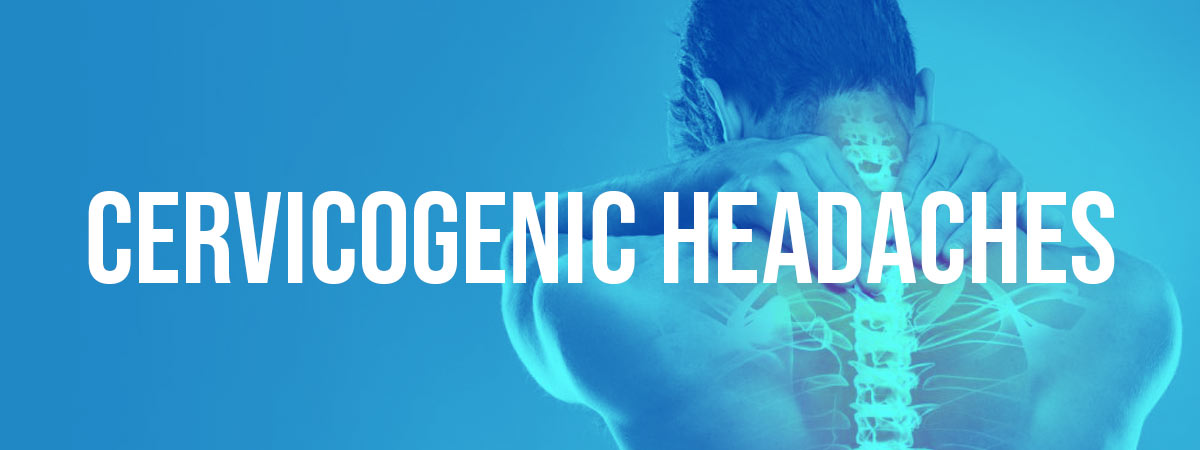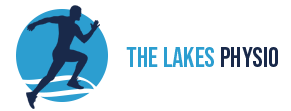
Cervicogenic Headaches
Headaches are amongst the top issues I treat in clinic. A special type of headache that physios can help with are cervicogenic headaches.
What are cervicogenic headaches?
These are headaches which actually stem from issues in the cervical spine (neck). It is essentially referred pain which is a phenomenon where pain is felt in an area of the body away from its’ actual source. The body is a complex system and owing to its’ extensive system of nerves, such a thing such as referred pain can exist because the brain interprets the pain coming from an uninjured area that shares the same nerve as the actual area at fault.

Some issues that can cause cervicogenic headaches include:
- Trigger points in the muscles of the neck – common muscles at fault include the upper traps, levator scapulae and the suboccipital muscles. These muscles can cause referred headache pain into areas such as the temples of the head, behind the eyes, the jaw or the back of the head.
- Stiffness in the joints of the neck – mobility issues with joints at the top part of the cervical spine especially (C1-3) can also cause cervicogenic headaches.
- Ligament sprains in any joints of the cervical spine.
PHYSIOTHERAPY CAN HELP THROUGH:
Advice and education
Postural correction is particularly important because most muscular causes of cervicogenic headaches stem from trigger points (knots) in the neck muscles. These knots develop over time from poor posture. The most common poor posture seen includes the shoulders rolled forwards, the trunk slouched and the chin protruded forwards.

Ergonomic work station set up: If you work at a desk using computers, your physio can give you advice on appropriate work station set up so that the neck muscles are put in the most user-friendly position. This avoids any potential for trigger points to build up.
Postural correction is particularly important, because most muscular causes of cervicogenic headaches stem from trigger points (or knots), in neck muscles
Manual therapy
Physiotherapy is a hands-on profession and manual therapy is one of its’ biggest foundations. Treatment techniques can include:
- Deep tissue massage
- Soft tissue mobilisation
- Trigger point release
- Joint mobilisations – Maitlands and Mulligans
- Passive stretching
- Muscle energy techniques
Exercise therapy
To supplement instant post treatment relief from manual therapy in the clinic, rehabilitation exercises must be done. These exercises are targeted at improving neck mobility, releasing tight neck structures and improving posture.
Common exercises include:
Chin tucks

Scapular retraction

Lat pulldown with a Theraband

Trigger point release with a ball

A special mention on ergonomic work station setup:
A common scenario I always see is a patient who works a 9-5 desk job complaining of cervicogenic headaches. It is amazing how a few changes in work station set up can make a difference to symptoms and may in fact avoid the development of cervicogenic headaches! Here are a few guidelines:
- Make sure your seat height allows your feet to be flat on the ground, and your elbows positioned at 90 degrees when using the keyboard. You can use a footstool if you feel this helps
- Make sure the computer screen is positioned so that your head is in a neutral position, and not tilting up or down
- Bring the computer mouse close to the keyboard to avoid over-reaching
- Have stationary and disk equipment, such as pens positioned evenly, left and right, to avoid turning your neck and body too heavily towards one side over the other
- Wrist position should be relaxed, and not over-extended or flexed. A wrist pad may be helpful
If you feel like you are experiencing symptoms of cervicogenic headaches, don’t hesitate to give me a call and book in today.
